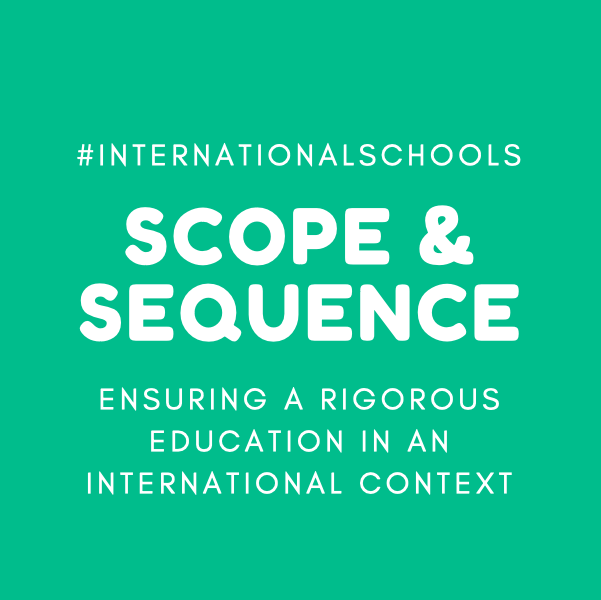One of the blessings of being at an international school can also be one of the greatest sources of frustration… no national curriculum. Without a national curriculum, international schools have the freedom to create a program of learning suited to their context and student body.
They can make and remake that program to work for them in the education of their students. At the same time, it means that decisions and programs need to be evaluated and chosen in the first place. For a small, young school this can be a Herculean task.
After much research, we, my colleague Helen and I, are proposing the Australian National Curriculum – ACARA as the basis for our English scope and sequence. The main reason for this is that it has Strands, Sub-strands, and Threads. The curriculum can be used in a truly ‘differentiated way’ i.e. all teachers have the same Strands and Sub-strands (which they use in planning to ensure they are giving a balance rigorous program of learning), and use the Threads to guide learning.
For example, in the Literacy Strand, Interacting with Others Sub-strand there are three Threads across the levels.
Interacting with others
Listen to and contribute to conversations and discussions to share information and ideas and negotiate in collaborative situations
Use interaction skills, including active listening behaviours and communicate in a clear, coherent manner using a variety of every day and learned vocabulary and appropriate tone, pace, pitch and volume
Plan and deliver short presentations, providing some key details in logical sequence
Interacting with others
Interpret ideas and information in spoken texts and listen for key points in order to carry out tasks and use information to share and extend ideas and information
Use interaction skills such as acknowledging another’s point of view and linking students’ response to the topic, using familiar and new vocabulary and a range of vocal effects such as tone, pace, pitch and volume to speak clearly and coherently
Plan, rehearse and deliver presentations incorporating learned content and taking into account the particular purposes and audiences
Interacting with others
Clarify understanding of content as it unfolds in formal and informal situations, connecting ideas to students’ own experiences and present and justify a point of view
Use interaction skills, for example, paraphrasing, questioning and interpreting non-verbal cues and choose vocabulary and vocal effects appropriate for different audiences and purposes
Plan, rehearse and deliver presentations for defined audiences and purposes incorporating accurate and sequenced content and multimodal elements
Teachers plan with a general intention of ‘grade appropriate’ learning – a can of worms I won’t open here – however they have the scope to support learning where the student is at, regardless of grade level.




